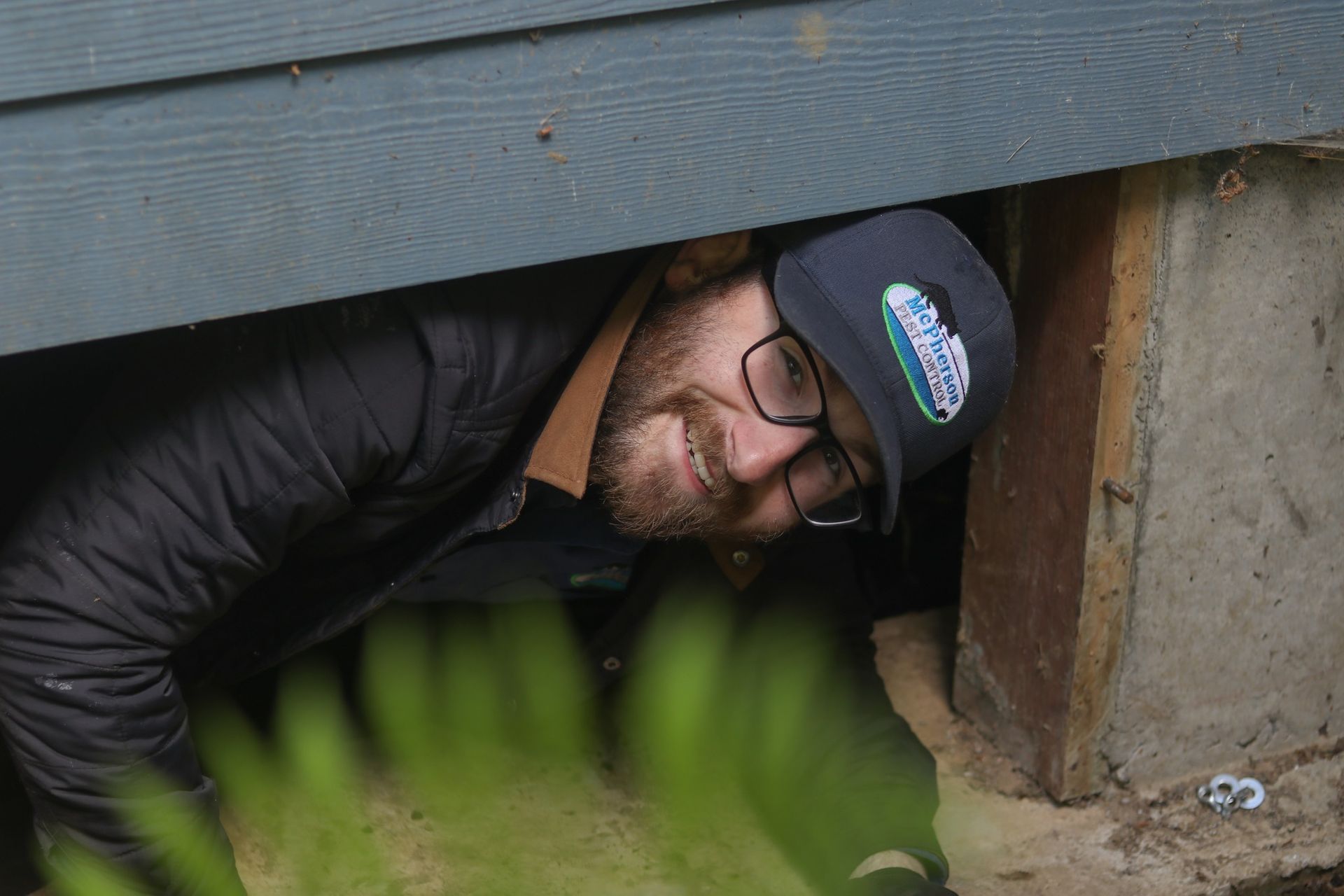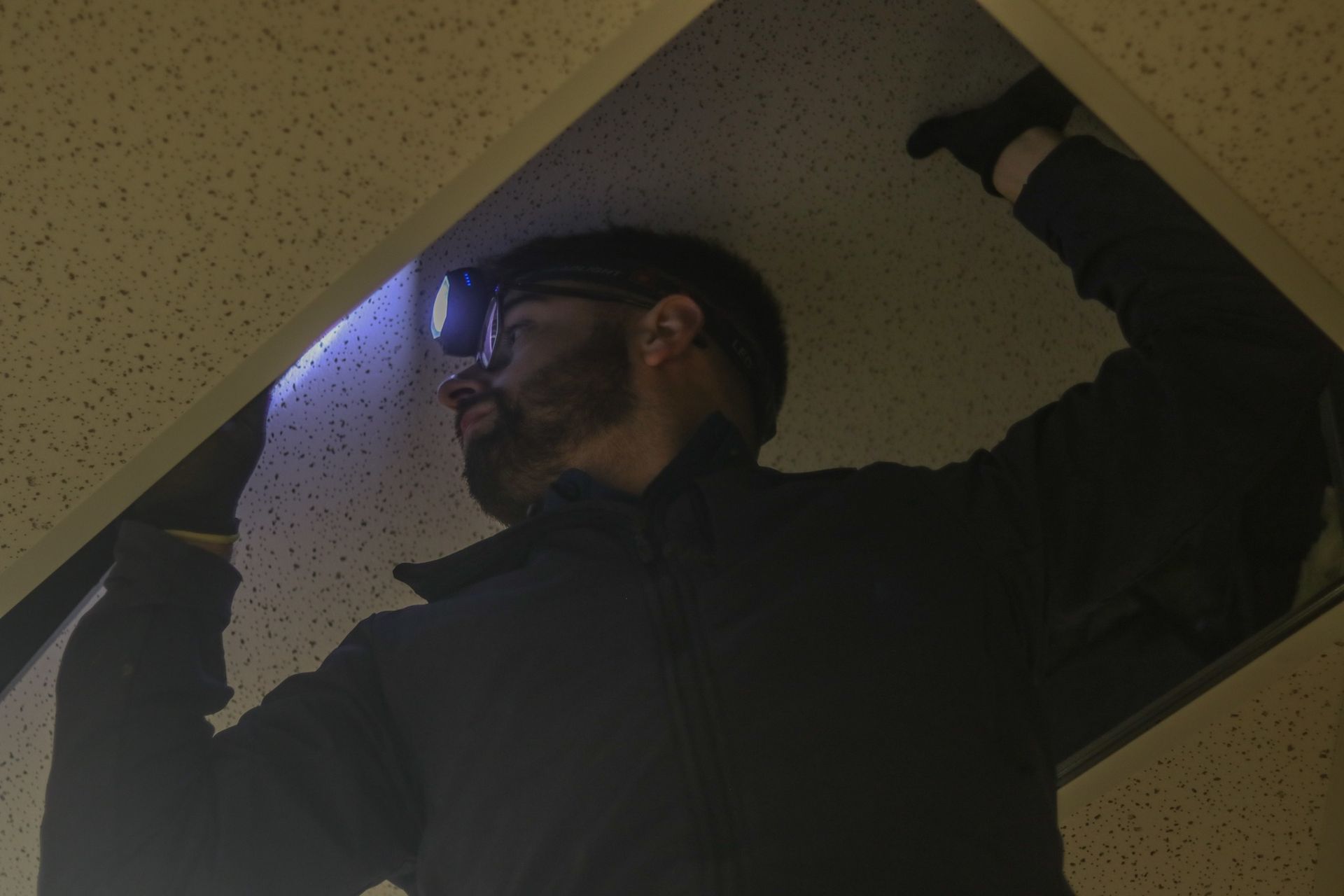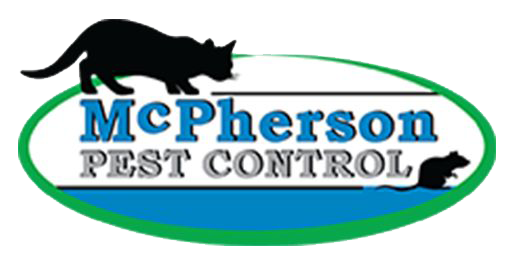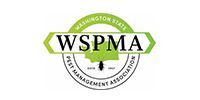Rodent Control in Snohomish, WA
7066212899 • February 18, 2025

Rodent Control in Snohomish, WA: A Growing Challenge with Some Uninvited Guests
Rodent Services
Here in Snohomish, WA, we all love the beauty of nature that surrounds us—whether it's the majestic birds flocking to our feeders or the sight of our chicken coops providing fresh eggs. But sometimes, our little slice of heaven attracts some less welcome visitors. That’s right—rodents. They’re always looking for a cozy spot to call home, and with bird feeders, chicken coops, and wildlife feeders around, our properties have become prime real estate for mice, rats, and other furry intruders.
The Challenges of Rodent Control in Snohomish
Bird feeders and chicken coops are often the main culprits when it comes to drawing in rodents. Birds may enjoy the seeds and nuts, but those same snacks are a feast for rats and mice, too. The seeds that spill out onto the ground are an easy food source, making your yard a very attractive place for them to hang around.
As the weather turns colder, rodents are eager to find a warm and safe place to hide, and your chicken coop can become a perfect haven. The smell of the chicken feed, along with the warmth and shelter provided by the coop, invites rodents to make themselves at home in your backyard. Even wildlife feeders designed for deer, squirrels, and other critters can inadvertently create a rodent buffet, leading to unwanted guests in your home or on your property.
The Diseases Rodents Bring Along
Now, while rodents may look cute in cartoons, they can be a serious health concern. Rodents are known to carry a variety of diseases, such as leptospirosis, hantavirus, and salmonella, which can spread through their droppings, urine, and bites. These diseases can affect both humans and pets, making it essential to keep rodent populations under control, especially in areas where people and animals gather.
Rodent droppings can also trigger allergies and asthma in some individuals, further emphasizing the need for effective rodent control. Keeping your home, barn, and yard clean and sealed off from these critters is important not just for your peace of mind, but for the safety of your family, pets, and livestock.
The Growing Problem with Local Dining
In recent years, the increase in restaurants along the river and other places has added another wrinkle to the rodent problem in Snohomish. With the delicious smells of food wafting through the air, these establishments are providing rodents with a ready-made dining experience. As more restaurants open up along the river, rodent activity in these areas has only increased. They’re drawn to food waste and often sneak into dumpsters to feast. This in turn sends them further into nearby residential areas, looking for food, warmth, and shelter.
So, it’s not just bird feeders and chicken coops that are fueling this rise in rodent numbers. The commercial growth along the river means more places for rodents to scavenge, which can ultimately lead to more rodent problems for those living nearby. It’s a cycle that’s tough to break, but with proper inspections and exclusion methods, it’s manageable.
Why Rodent Inspections and Exclusion Are Essential
If you’ve noticed more rodents around your property or even inside your home, it’s time to call in a professional. A thorough rodent inspection by a pest control expert can help identify any weak spots in your property where rodents might be sneaking in. Sealing cracks and gaps in the walls, around windows, or under doors is essential to prevent these pests from getting inside.
Exclusion work is just as important as the inspection itself. Simply killing the rodents won’t solve the problem if the entry points remain. It’s crucial to make sure that all possible access points are blocked, and that’s where experienced pest control professionals come in. A combination of exclusion and trapping, along with proper clean-up, can make all the difference in keeping your home rodent-free.
McPherson Pest Control Can Help!
If you're struggling with rodent problems in Snohomish, WA, you don't have to handle it on your own. McPherson Pest Control is here to help. Our team is experienced in dealing with rodent infestations and can provide thorough inspections, expert exclusion work, and effective control methods to keep your property safe and clean.
Don’t let those pesky rodents take over your home or yard—call McPherson Pest Control today at 360-572-4118. We’ll take care of the problem so you can get back to enjoying your beautiful surroundings.
Let us handle the pests, so you don’t have to! Click the link below to learn how we can help!


The Importance of Native Bees in Western Washington Western Washington's temperate climate and diverse ecosystems—from coastal prairies to alpine meadows—provide an ideal habitat for over 600 species of native bees. These bees are especially adapted to local conditions. For instance: - Mason bees, among the earliest pollinators to emerge in spring, are highly effective at pollinating fruit trees. - Bumblebees, with their large, fuzzy bodies, can perform “buzz pollination”—a technique necessary for crops like tomatoes. - Sweat bees and mining bees thrive in undisturbed soils, making them common in natural areas and organic farms. Unlike honeybees, most native bees are solitary and do not live in hives. They nest in the ground, in hollow plant stems, or in wood crevices. This behavior makes them especially vulnerable to soil disturbance, habitat fragmentation, and chemical exposure. Protecting Native Bees: Habitat and Regulation Local governments, conservation groups, and community scientists in Western Washington are working to protect bee populations through several key strategies: - Habitat Preservation and Restoration: Efforts to restore meadows, preserve urban green spaces, and maintain roadside wildflower corridors have become vital for native bee survival. Programs such as the Xerces Society’s “Pollinator Conservation Program” help educate landowners and agencies on planting native flowering species and maintaining undisturbed nesting areas. - Limiting Pesticide Use: One of the most direct threats to bees is pesticide exposure. Neonicotinoids, in particular, have been linked to bee population declines. Washington State has taken steps to restrict certain harmful pesticides and educate the public on alternative pest control methods. WSDA certified pest control technicians are well informed and advocates for the protection of our native pollinators. - Community Engagement and Citizen Science: Initiatives like the Pacific Northwest Bumble Bee Atlas encourage volunteers to monitor and report bee sightings, building a clearer picture of bee diversity and abundance. The Role of Responsible Pest Control in Bee Conservation Pest control companies are increasingly stepping up to play a constructive role in protecting pollinators. In Western Washington, responsible pest control is centered around Integrated Pest Management (IPM), a strategy that prioritizes prevention and non-chemical solutions. Responsible pest control strategies include: 1) Targeted Treatments Rather than blanket spraying, professionals identify specific pests and treat only affected areas, minimizing the risk of harming beneficial insects. 2) Use of Bee-Safe Products Pest control services are using products and techniques with lower toxicity to pollinators, especially during bloom times when bees are most active. 3) Education and Outreach Many pest control professionals now educate their clients on how to attract pollinators while managing pest issues, encouraging practices like planting pollinator gardens and avoiding harmful lawn chemicals. What You Can Do?? Individuals play a vital role in protecting native bees. Here are a few simple steps: 1) Plant native flowers that bloom at different times of the year. 2) Avoid using pesticides without careful research. 3) Provide nesting habitat by leaving patches of bare ground or creating bee hotels. 4) Support local, bee-friendly farms and businesses. Local beekeepers should be contacted to safely remove and relocate nests once they have been positively identified as a true bee. The native bees of Western Washington are quiet custodians of biodiversity, food security, and natural beauty. Their survival depends not only on wild spaces but on how we manage our gardens, farms, and even our pest control choices. As awareness grows, so too does the network of farmers, scientists, businesses, and homeowners working together to ensure a thriving future for these essential pollinators.

As the spring season unfolds in Stanwood, WA, the mild temperatures and blooming flora signal the return of an often unwelcome visitor: paper wasps. These insects are commonly found around homes during the spring months as they emerge from their overwintering sites. Understanding their behavior, particularly how they overwinter and become active in the spring, can help homeowners in Stanwood prevent infestations and minimize the risk of stings. Let’s dive into the activity of paper wasps around houses during this time of year and explore how McPherson Pest Control can assist in keeping your home safe. Overwintering and Springtime Emergence In Stanwood and other parts of Washington, paper wasps spend the winter in a dormant state. Unlike many other insects, paper wasps do not survive the cold weather as a colony. Instead, only fertilized queens survive the winter by seeking shelter in hidden locations such as attics, sheds, under eaves, or within the nooks and crannies of homes. These queens typically find sheltered areas where the temperatures remain stable enough for them to survive the colder months. As the days begin to warm in early spring, usually in March or April, these queens emerge from their hiding spots, looking for a suitable location to establish a new nest. Once they find a sheltered area, such as a corner of a porch, under a roof overhang, or even inside your attic, the queen starts building a new nest. She will begin laying eggs that hatch into workers, which will then help her continue building the nest and gather food. Within a few weeks, the colony can grow rapidly. By the time late spring rolls around, the colony is well-established and has the potential to become a nuisance. Paper wasps are known to be aggressive if they feel threatened, making it important to deal with a nest early to avoid encounters with these stinging insects. Signs of Paper Wasp Activity As paper wasp colonies grow, you may notice several signs of their presence around your home. These signs include: - Visible Nests: Paper wasps build their nests out of a papery substance made from chewed wood fibers and saliva. Their nests are usually umbrella-shaped and may be found in places like under eaves, on window frames, or inside attics. - Increased Wasp Activity: In the warmer months, you may notice more wasps flying around the exterior of your home, especially near areas where nests are located. - Aggressive Behavior: If a wasp feels threatened or its nest is disturbed, it may become aggressive. This is particularly true if you or your pets get too close to the nest. The key to managing paper wasp activity is acting quickly to identify and address nests before they grow too large and more wasps become active. How McPherson Pest Control Can Help When dealing with paper wasps around your home in Stanwood, WA, it’s important to act quickly and safely. McPherson Pest Control is your trusted local expert in pest management and can provide the necessary services to eliminate paper wasps from your property. Here's how they can help: Safe and Effective Removal: Paper wasp nests can be difficult to remove, and attempting to do so yourself can lead to dangerous stings. McPherson Pest Control uses safe, effective methods to remove wasp nests, ensuring that both your home and the technicians are protected from any aggressive behavior by the wasps. Preventative Measures: Once the nest is removed, McPherson Pest Control will work with you to implement strategies to prevent future infestations. This might include sealing cracks or gaps in the exterior of your home, applying protective treatments to vulnerable areas, or setting up regular inspections to catch early signs of a new nest. Long-Term Pest Control Solutions: McPherson Pest Control doesn’t just provide one-time services; they offer ongoing pest management plans to ensure your home remains free of paper wasps and other pests year-round. Their approach focuses on both treatment and prevention, offering peace of mind for homeowners in Stanwood. These insects can be a nuisance, especially as they establish new nests around homes, leading to potential danger with stings. Understanding their overwintering habits and early spring activity can help homeowners take proactive steps to address the issue. If you find yourself dealing with paper wasps or want to prevent future infestations, McPherson Pest Control is ready to help with professional, safe, and effective pest management solutions. Contact them today to ensure your home is protected this spring and beyond. Click the button below for more information on how we can help!

Odorous House Ants Takin’ Over Arlington, WA This Spring Well, folks in Arlington, Washington, it’s spring 2025, and them pesky odorous house ants are stirrin’ up trouble. These little critters—dark as a moonless night and smellin’ like rotten coconuts when you squish ‘em—are multiplyin’ faster than rabbits ‘round here. Come this warm weather, heaps of y’all will find ‘em marchin’ through your kitchens and baths, huntin’ for a crumb or a drip. Colonies Growin’ Like Weeds These ants ain’t your average picnic crashers. They’ve got nests under rocks, in dirt, and even cozy up in your walls near the hot pipes. With a mess of queens in each colony, they’re sproutin’ up big—thousands strong! This wet winter and early spring heat’s got ‘em riled up, pushin’ ‘em indoors. One minute it’s a scout, next it’s a whole parade, thanks to them scent trails they leave behind. McPherson Pest Control to the Rescue Don’t fret, though—McPherson Pest Control’s got your back. These local heroes know ants like the back of their hands. They’ll poke ‘round your place, find them nests, and hit ‘em with sneaky stuff the ants take home to their queens. No more colony! They’ll slap a barrier ‘round your house, too—inner stuff to kill ‘em dead, outer stuff to shoo ‘em off. Plus, safe bait traps mean no fuss for you. Keepin’ ‘Em Out McPherson’ll tip you off on sealin’ cracks and storin’ food tight. So, if them smelly ants are buggin’ ya this spring, holler at McPherson Pest Control. They’ll fix ya up right quick! (1499 characters)


Share On: